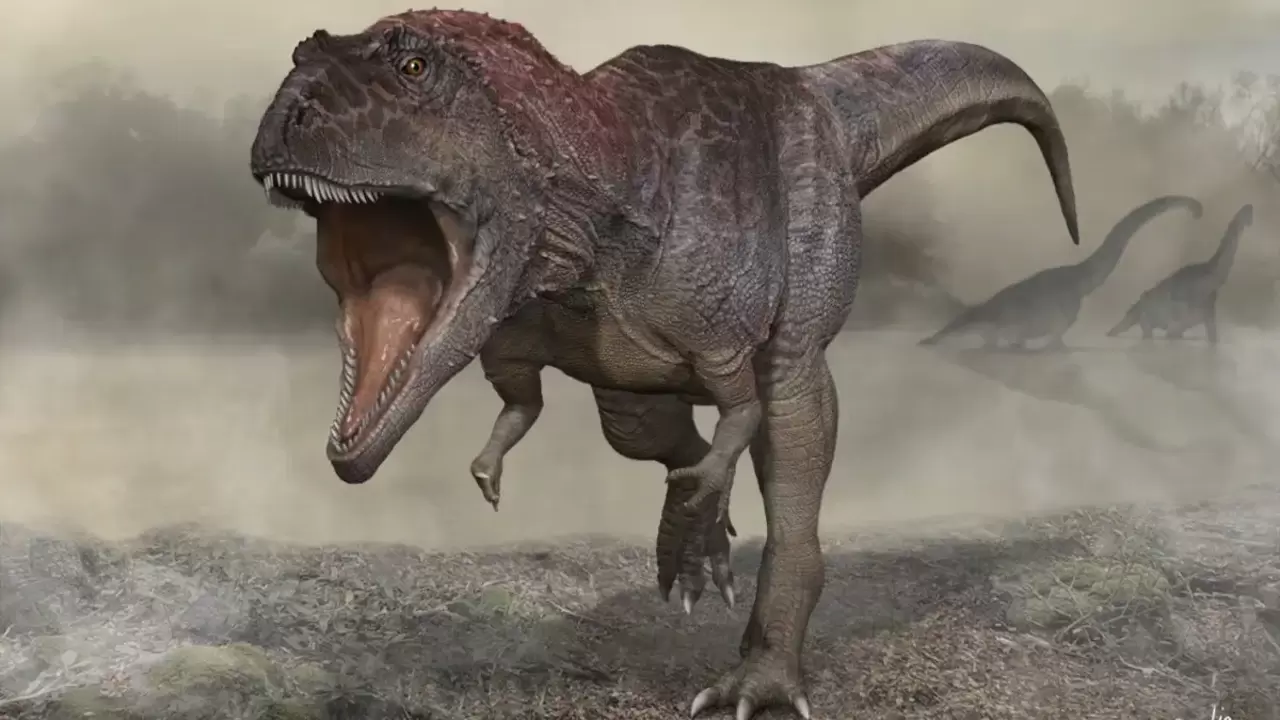The results of the study showed that T. rex and M. gigas emerged with tiny hands quite independently of each other. M. gigas died out almost 20 million years before T. rex became a species, and they’re a long way off on the evolutionary tree. “There is no direct link between them,” says one of the discovery’s authors. They believe that having tiny hands somehow gave the two dinosaurs a kind of survival advantage.
The scientists note that the skeleton shows large muscle attachments and fully developed chest circumference, hence strong muscles in the arms. This proves that the hands do not shrink because they are of no use to them.
A group of scientists from previous studies found that in dinosaurs like M. gigas and T. rex, the hands got smaller as the head got bigger. It certainly wasn’t useful for hunting, as “predatory activities were probably carried out with the head,” archaeologists said. They may have used their hands for reproductive behaviors such as holding the female during mating or supporting themselves to stand up after a fall.”
The team also found that M. gigas’ skull was decorated with ridges, grooves, bumps, and small horny growths.
Source: Ferra











